The phrase “crystals in urine” sounds dangerous and unhealthy. However, crystals can actually be found in healthy urine.
It is not something we think about often, however urine actually contains lots of different chemicals. These can sometimes solidify into salt crystals. These are often harmless. However, larger types of crystals can become kidney stones. These can be very painful, so it is important to look out for the symptoms of these.
Symptoms of Kidney Stones:
- Pain in the back, belly or side
- Pain or burning during urination
- Urgent need to urinate frequently
- Blood in the urine
- Nausea and vomiting

Have you experienced kidney stones and urge incontinence symptoms? Post a question on our forum to educate others.
Possible Causes of Crystals in Urine
Most crystals in urine are simply caused by an excess of protein or vitamin C. Most of the time, they are relatively safe. They can also sometimes be caused simply by dehydration or eating lots of foods that are high in protein. This can increase the uric acid as well as calcium content of the urine, promoting crystal formation.
Most crystals are actually harmless or indicate minor diet problems. However, some types of crystals can indicate organ dysfunction or a urinary tract infection. Bacteria in UTIs can boost the PH value of urine, which causes it to be much more acidic. We recommend using the TENA U Test for a fast recognition of a UTI.
£13.60
Buy on Incontinence Supermarket
- Easy in-pad detection of urinary tract infections
- Prevents unnecessary discomfort and intrusion
- Detects nitrite and leukocytes
Urinary incontinence is a common sign of a UTI. Typically, people experience the urge to urinate constantly. If you do have a UTI, you may experience a burning sensation during urination or notice blood in the urine. It may have a strong odour or a dark colour.
Recommended Urge Incontinence Pull Up Pants
Buy TENA Pants Super on Incontinence Supermarket
- Body-close fit
- 100% Breathable
- Double Cuff Legs
- For Heavy to Severe Incontinence
Buy iD Pants Active Normal on Incontinence Supermarket
-Synthetic Material
-Super Absorbent Polymer
-Plastic Polyethylene Back Sheet
-For Light to Moderate Incontinence
Buy Lille Suprem Pants Extra on Incontinence Supermarket
-For moderate to heavy incontinence
-Comfortable and discreet
-Textile Back Sheet
-Can be Easily Removed
Recommended Urge Incontinence Pads
Buy Attends Contours on Allanda
- Body shaped discreet pads
- Ideal for moderate to heavy incontinence
- Breathable textile backing
- Leakage barriers
Buy TENA Lady Super on Allanda
- Discreet shaped pads for moderate incontinence
- Provide a close fit
- “Air Dry” waterproof backing
- Body Contoured Pads for Light Incontinence
- Close body fit
- Maximum Comfort
- Easily removed
What are the Different Types of Crystals in Urine?
There are various different types of crystals, which all signify different things. The following are some common types of crystals in urine:
- Uric Acid Crystals
These are orange, brown or yellow crystals that can vary in shape. These crystals can be found in normal urine when a person has a diet rich in protein.
These types of crystals can also sometimes be caused by kidney stones, gout or chemotherapy.
- Calcium Oxalate
These are colourless crystals. They are often found in healthy urine. However, they are also very common in people with kidney stones. They can also sometimes indicate ingestion of ethylene glycol.
- Magnesium Ammonium Phosphate
These crystals are also known as 'triple phosphate crystals'. They are usually colourless, rectangular crystals. These crystals are usually found in healthy urine. They are however, also typical in those with a urinary tract infection.
- Cysteine Crystals
Cysteine crystals are flat, colourless crystals. They are hexagonal in size. These crystals indicate a disease called cystinuria. This is a serious condition where the kidneys do not filter amino acids properly.
- Hippuric Crystals
Slightly more rare than the other, these crystals are either yellow, brown or clear. They resemble needle-like prisms or plates and are clustered together in groups.
Although often found in healthy urine, they can also be caused by an acidic urine pH.
How Are Crystals in Urine Diagnosed?
If you notice any drastic changes in your urine, it is vital to call a Doctor for a urinalysis. This test determines whether you have crystals in your urine and what this indicates. A urine sample will be requested, and Doctors you Ensure you tell your Doctor about:
- any prescription drugs you are taking
- any supplements or over the counter medicine you are taking
You will be asked to provide a urine sample, with Doctors using a dipstick to look for components in the urine. Doctors will look for:
- Any colour or cloudiness indicating infection
- The formation of crystals, using a microscope

Treatments and Prevention Methods
When crystals aren’t caused by serious conditions such as liver disease or genetic conditions, they can be prevented by healthy lifestyle habits. The following tips are recommended:
Drinking more water
Dehydration is a common cause of some crystals, and drinking more water helps to dilute the chemical concentrations in the urine.
Avoiding salty foods
Not going overboard on salt is useful in preventing a lot of different urine crystals.
Cutting back on protein
For oxalate crystals, cutting back on protein and reducing high oxalate foods is vital.
Doctors will recommend a lifestyle tip or dietary change depending on your individual circumstance.
Originally posted 2019-02-22 15:26:20.


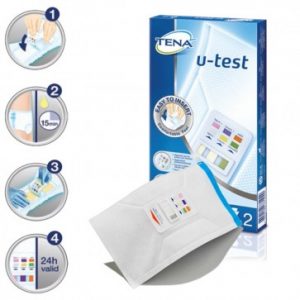
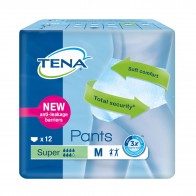
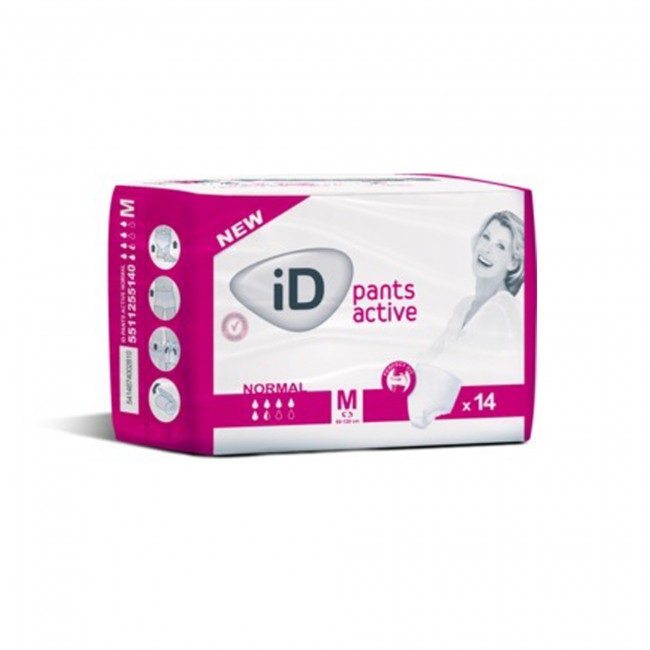
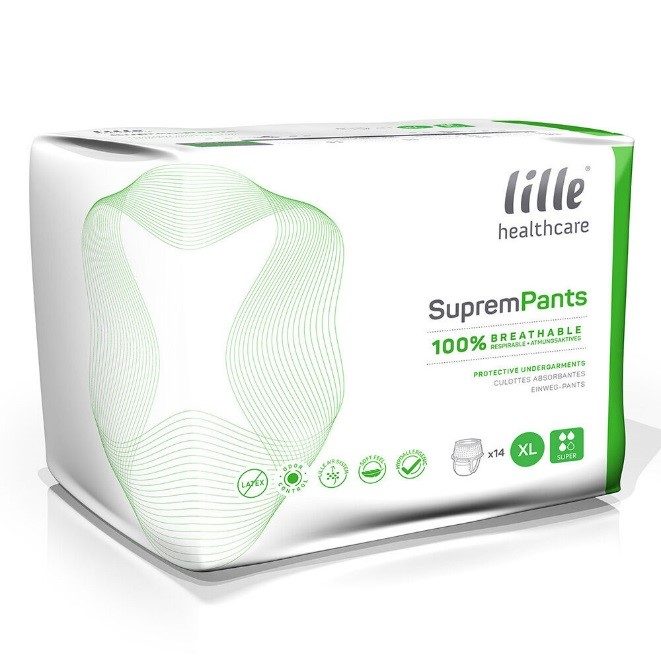
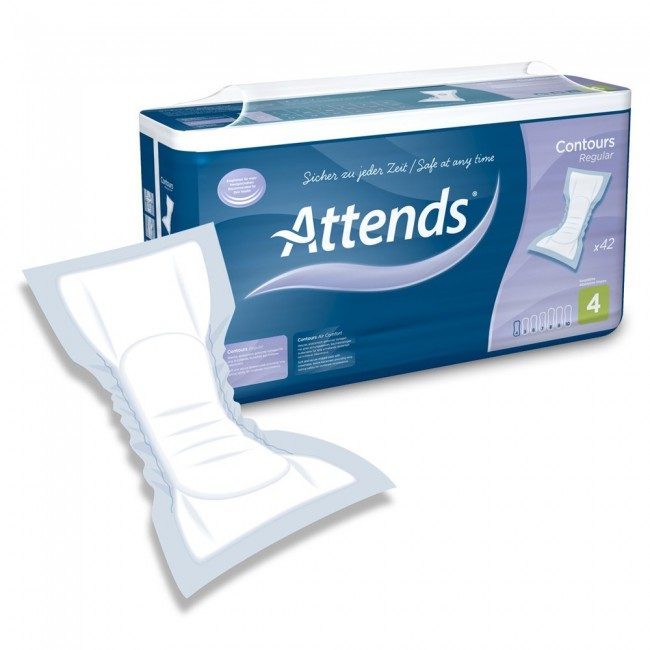
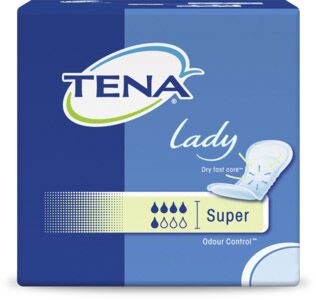
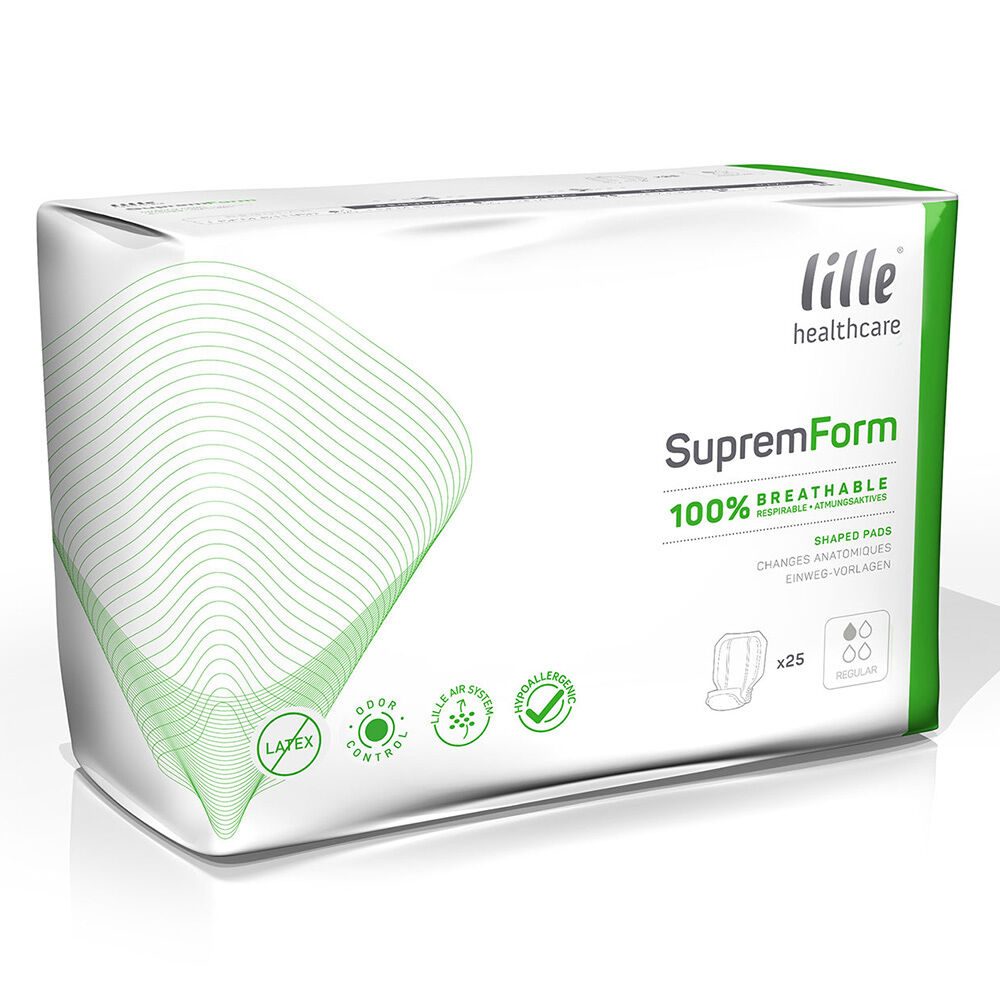



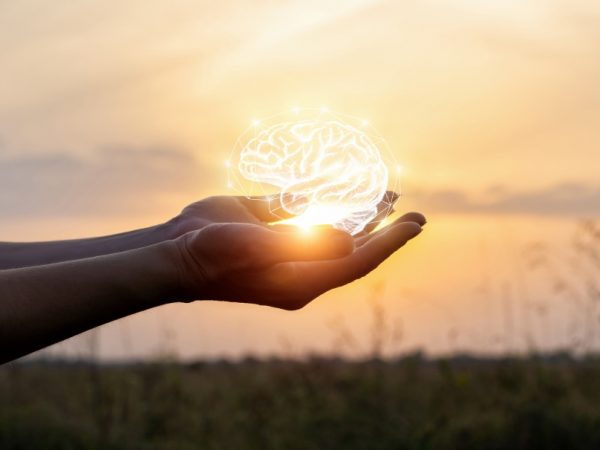







Leave a Reply